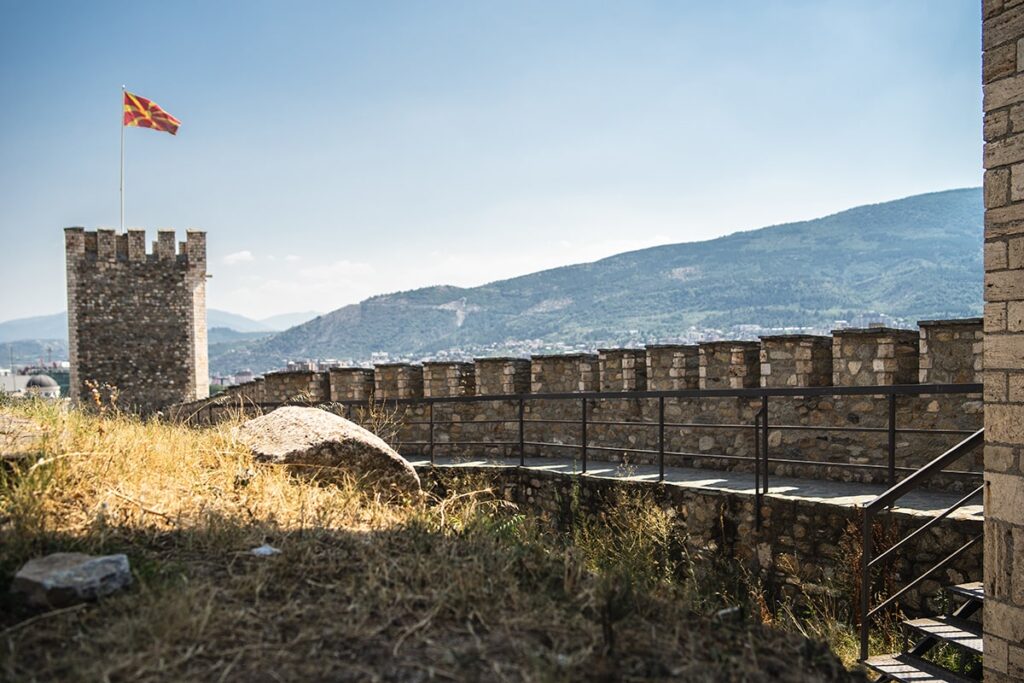1. Name: Macedonia’s official name is the ‘Republic of Macedonia’ according to its own constitution. However, in international circles, the country is referred to as the ‘Former Yugoslav Republic of Macedonia’ (FYROM), as Macedonia has a dispute with Greece over the name Macedonia – read more at the bottom of this article
2. Mother Theresa: Mother Theresa was born in Macedonia’s capital Skopje to Albanian parents in 1910. Today, there is a museum dedicated to her in the center of Skopje
3. Kuklica: About 8 km from the town of Kratovo is the small village of Kuklica, home to about 100 inhabitants. Kuklica is known for its stone pillars that resemble humans and has therefore been nicknamed ‘Stone Town’. New stone pillars emerge every 5-6 years according to the locals
4. Sidewalk: In Macedonia, sidewalks are not used for walking, but for parking
5. Deni: The Macedonian currency is called ‘denarii’ (or ‘Macedonian denarii’) and the smallest unit is 1 – i.e. there are no ears, as we know it from the Nordic crowns. However, they used to exist under the name ‘deni’ but were abolished due to their minimal value and rarity

Fact: Lake Mavrovo is a popular tourist attraction best known for its semi-sunken church
6. Unemployment: Unemployment is a major problem in Macedonia and has been since the collapse of Yugoslavia in 1991. The youth unemployment rate (among 15-24 year olds) was 53.9% in 2013, while it was 30% for the whole society
7. Kokino: According to NASA, Kokino in Macedonia is the fourth oldest astronomical observatory in the world. The three oldest are: Abu Simbel (Egypt), Stonehenge (UK) and Angkor Wat (Cambodia). Kokino is located 30 km from the city of Kumanovo and about 6 km from the border with Serbia
8. Lake Ohrid: Lake Ohrid was formed 4-5 million years ago and has an average depth of 155 meters, making it one of the oldest and deepest lakes in the world. It has 200 endemic animal species (i.e. species native to the area) and has been a UNESCO World Heritage Site since 1979
9. The millennium cross: The Millennium Cross is a 66 meter high cross that stands at the top of Mount Vodno in Skopje. It was erected in 2002 to commemorate the 2000 years of Christianity in Macedonia and the world.
10. Lake Mavrovo: Lake Mavrovo is one of the most popular tourist attractions in Macedonia. It is located at an altitude of 1000 meters and about 100 km from Skopje. In the center of the lake is a semi-submerged church, which contributes to its popularity

The village of Kuklich is known for its stone pillars that look like people. According to locals, new stone pillars appear every 5-6 years


